The Perseid meteor shower peaks on August 13-14. Viewers can expect up to 100 meteors per hour.
These celestial streaks travel at 133,200 mph. Will this year’s show outshine previous displays?
Fireballs: Brighter Than Venus, Longer Lasting

Perseid fireballs can exceed 3.3 feet in diameter. They outshine Venus, the third brightest celestial object.
Fireballs leave persistent smoke-like trails. How many of these rare spectacles will lucky stargazers spot?
Dark Skies: Perfect Conditions for Meteor Watching
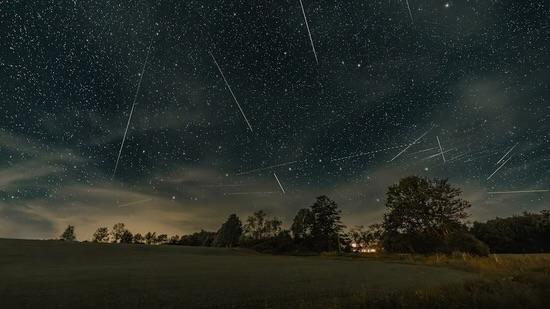
This year’s moon sets around midnight during peak viewing. A 50% illuminated moon won’t wash out faint meteors.
Ideal conditions occur every 11 years on average. Could this be the best Perseid show in a decade?
Comet Swift-Tuttle: Source of the Stellar Show
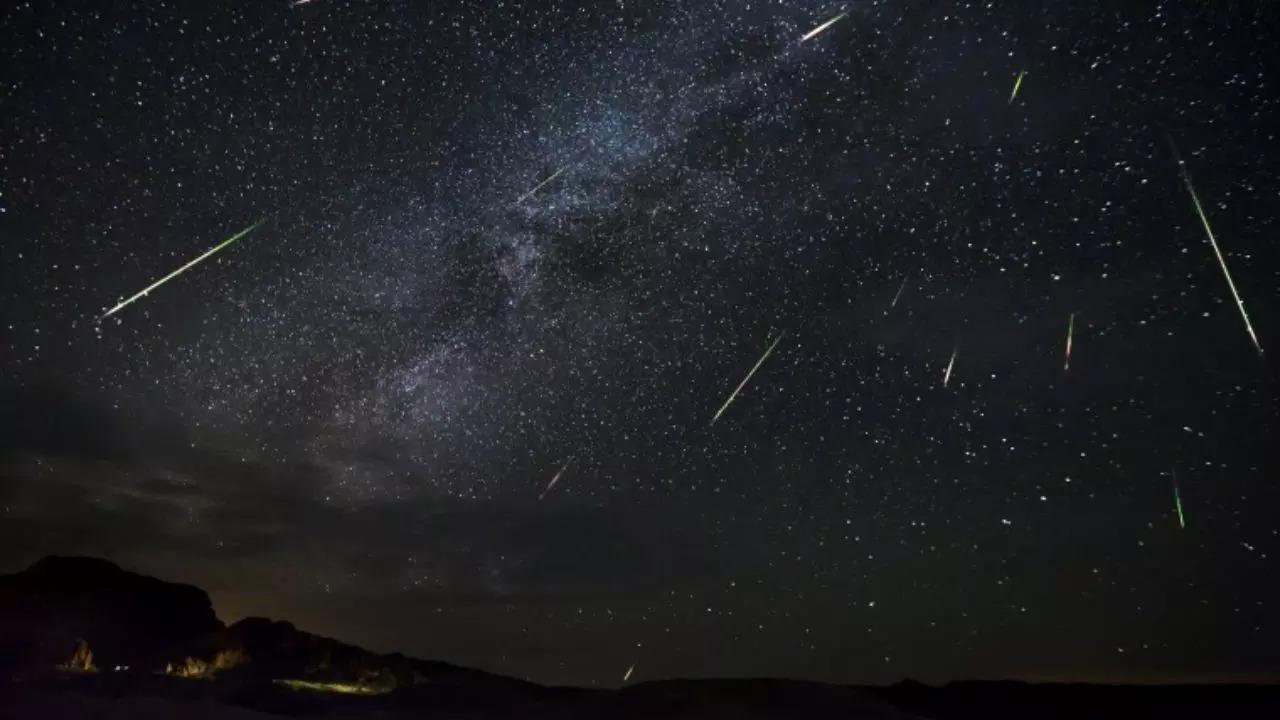
Earth passes through Swift-Tuttle’s debris trail annually. The comet, discovered in 1862, orbits every 133 years.
It last passed Earth in 1992. When will this cosmic littering resume?
Perseus Constellation: Shower’s Celestial Origin Point
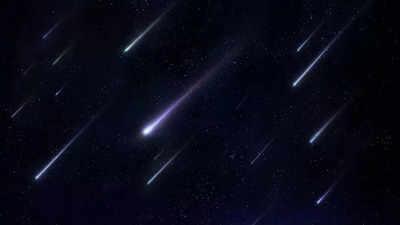
The shower appears to radiate from Perseus. This constellation sits in the northern sky.
Perseus contains over 100 visible stars. Can you spot the hero amidst the meteor storm?
Viewing Tips: No Equipment Necessary, Just Patience
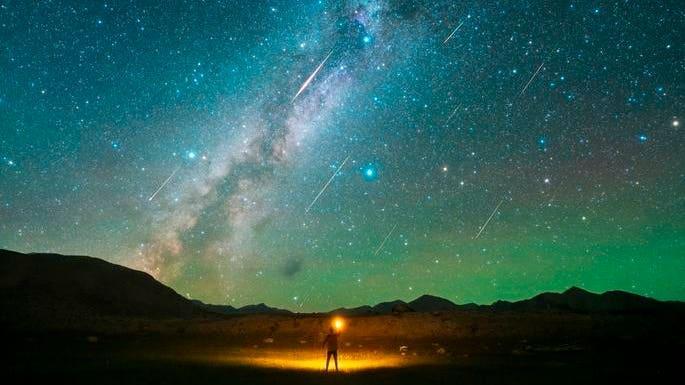
Experts recommend lying flat on your back. Allow 30-45 minutes for dark adaptation.
Avoid cell phone screens to preserve night vision. How many meteors will the patient observer count?
Prime Time: 2 AM Offers Peak Performance
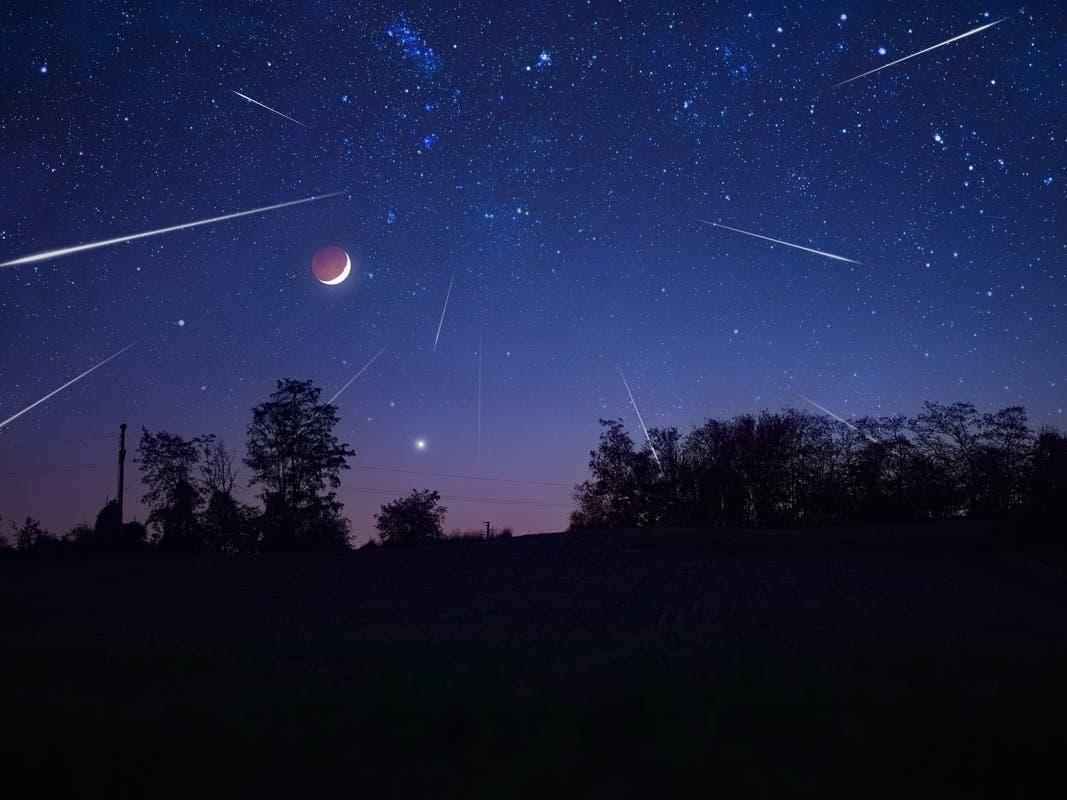
The best viewing occurs after midnight, around 2 AM. The radiant reaches its highest point then.
This timing holds true across the Northern Hemisphere. Will you sacrifice sleep for stellar sights?
Global Spectacle: Visible Across Northern Hemisphere
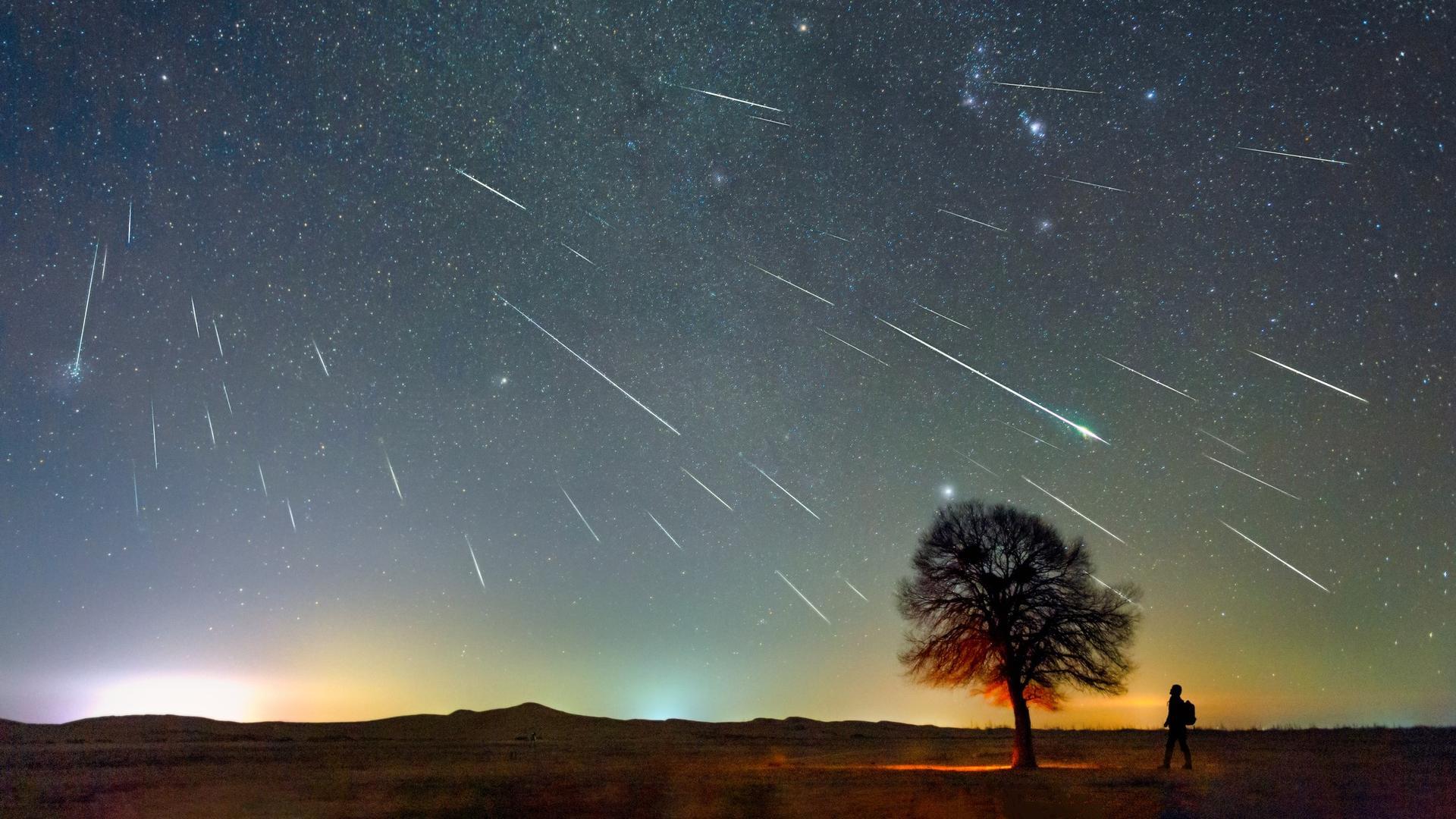
Hawaii offers optimal viewing in the mid-Pacific. The shower remains invisible from Antarctica.
John Denver immortalized the Perseids in “Rocky Mountain High”. Where will you watch the sky “rainin’ fire”?
Historical Discovery: Italian Astronomer’s 1865 Revelation
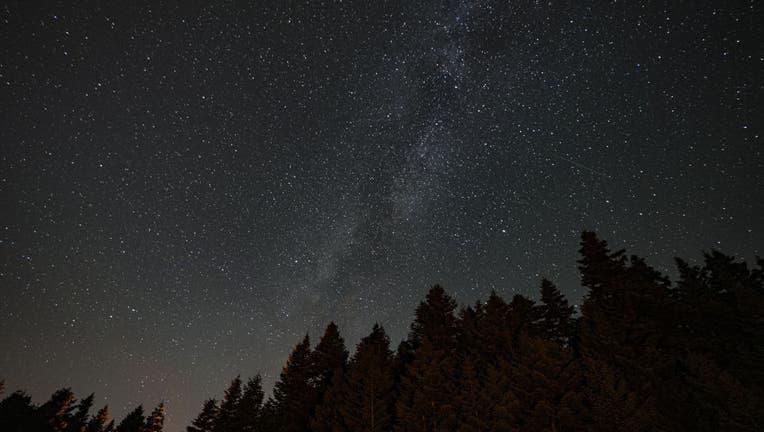
Giovanni Schiaparelli linked the Perseids to Swift-Tuttle. This connection explained the shower’s annual occurrence.
Schiaparelli’s work pioneered meteor astronomy. What other cosmic mysteries await discovery?
Beyond Perseids: Year-Round Meteor Activity
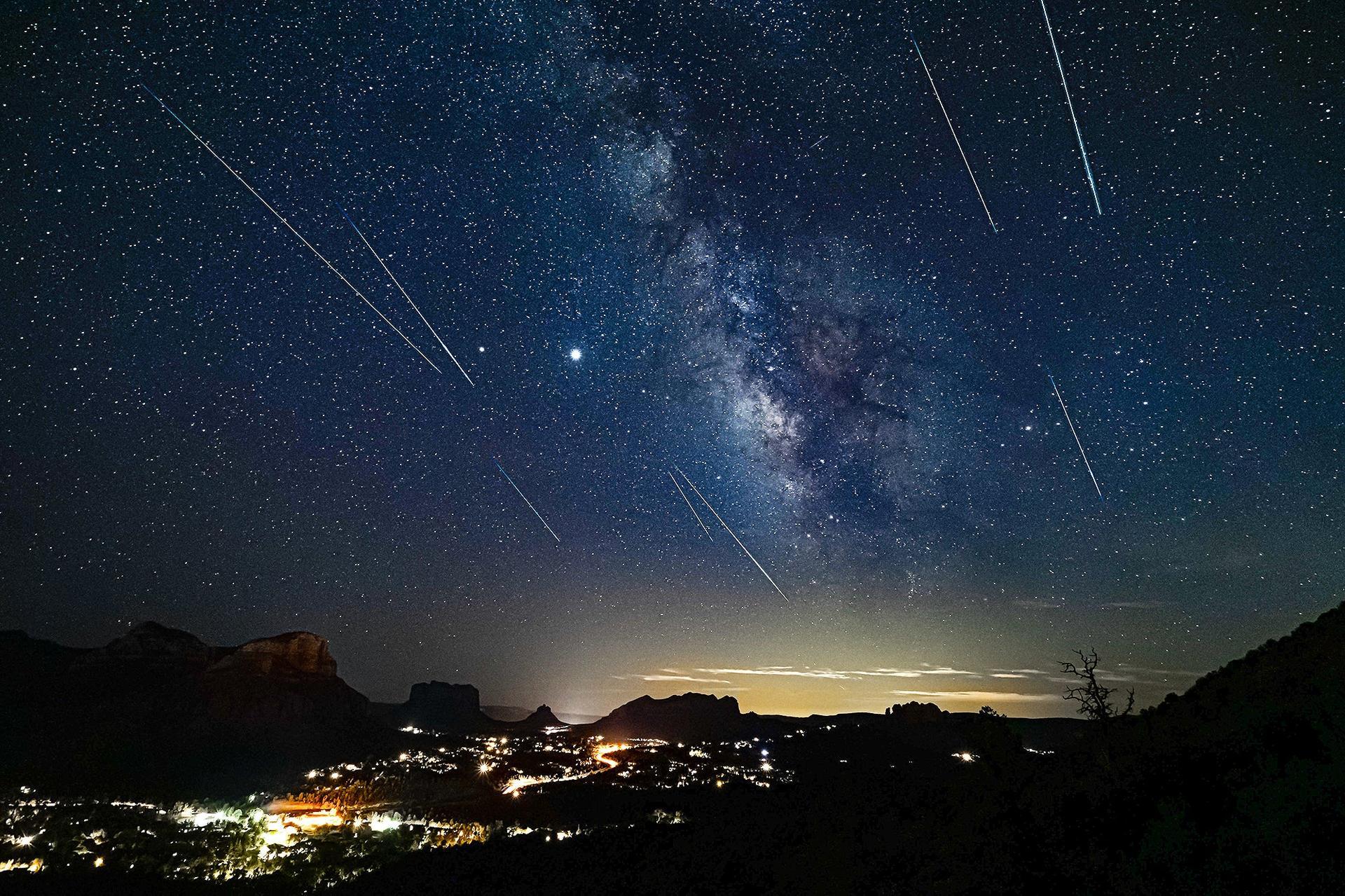
Meteors streak across the sky daily. Most showers are too faint for casual observation.
The Perseids offer a rare, vibrant display. Which of the year’s 30+ meteor showers will you catch next?

